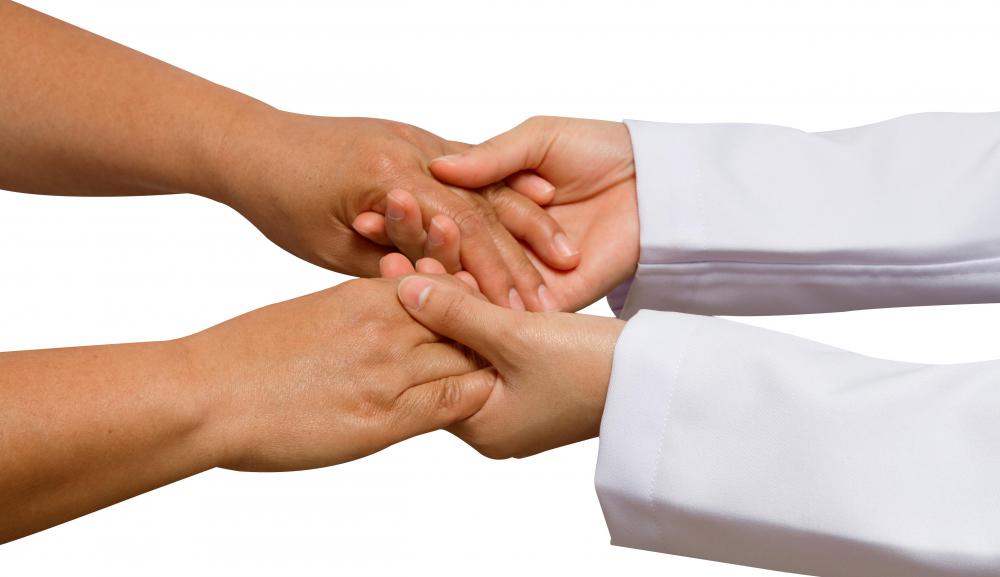At WiseGEEK, we're committed to delivering accurate, trustworthy information. Our expert-authored content is rigorously fact-checked and sourced from credible authorities. Discover how we uphold the highest standards in providing you with reliable knowledge.
Are People Born with Ambidexterity?
Scientists have been studying "handedness" since the 1860s, but still do not understand exactly how or when a person develops a preference for the left or right hand. Even less is known about ambidexterity because of its relative scarcity. Most ambidextrous people have learned to use both hands through practice, but there is some evidence that events during pregnancy can contribute towards an ambidextrous child. Some research has suggested that those without a dominant hand also lack a dominate hemisphere in their brain, which could be linked to certain behavioral disorders.
Most humans are right-handed with a minority preferring their left hand and a very small number — about 1 in 100 — exhibiting some form of ambidexterity. Ambidextrous individuals may be equally skilled with either hand or may use their right hand for certain tasks and their left hands for others. Although genetic and physiological factors seem to influence which hand a person uses most often, handedness is not set in stone. Some people can train themselves to use their non-dominant hand.

The majority of those who identify themselves as ambidextrous or mixed handed were probably left-handed individuals who learned to use their right hand because of social pressures, injury, or just a desire to be equally capable with both hands. Even in the 21st century, many cultures discourage the use of the left hand in writing and other activities, forcing many left-handed children to learn how to write with their right hand. Athletes may learn to use their non-dominant hand for sports because of the advantage it gives them over an opponent or following an injury. People may also become more ambidextrous as old age reduces the performance of their dominant hand.

There is no consensus in the scientific community about whether a child can be born with ambidexterity. Researchers disagree about how handedness should be evaluated, and many studies dealing with the issue have classified subjects as either right-handed or non-right-handed. The rarity of ambidextrous individuals also makes them more difficult to study. Despite this, some research has shown that factors during pregnancy can increase the likelihood of a child being ambidextrous. A study in Finland, for example, found that triplets were more likely to be ambidextrous than the general population, while another in Denmark found that mothers who had gone through periods of stress during pregnancy were more likely to give birth to mixed-handed children.

Ambidexterity may also be associated with an unusually symmetric brain structure. Most people have a dominant side of the brain that is opposite to their hand preference; right-handed individuals have a dominant hemisphere in the left part of their brain and left-handed people have a dominant right hemisphere. The brain of an ambidextrous person lacks a clear dominance in either hemisphere. Some researchers believe this symmetrical structure is the reason ambidexterity is more prevalent among people with certain disorders, including attention deficit hyperactivity disorder (ADHD), schizophrenia, and dyslexia.
AS FEATURED ON:
AS FEATURED ON:














Discuss this Article
Post your comments